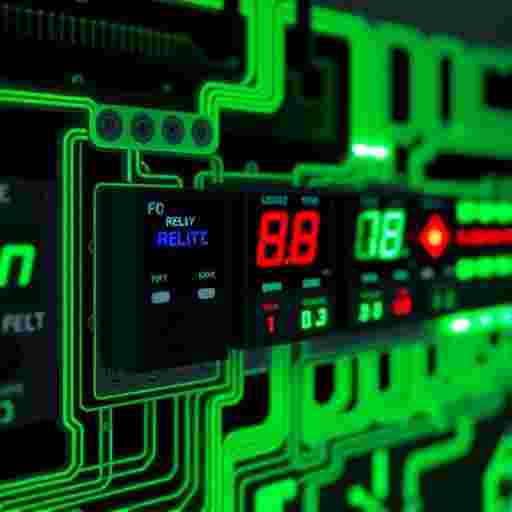Power systems form the backbone of modern industries, utilities, and critical infrastructure. With increasing demand for electricity and integration of renewable energy sources, ensuring the reliability and safety of electrical networks has become more challenging than ever. One of the most effective ways to achieve this is through short circuit studies — a fundamental practice in power system analysis.
Short circuit studies are not just technical exercises; they are essential for transforming potential risks into a foundation of reliability. By identifying fault conditions and evaluating system response, these studies guide engineers in designing protection schemes, sizing equipment correctly, and preventing catastrophic failures.
Understanding Short Circuit Studies
A short circuit study analyzes the behavior of a power system under abnormal conditions when current bypasses its normal path, often due to insulation breakdown, equipment failure, or accidental contact. These faults result in high current levels that can damage equipment, pose safety hazards, and lead to widespread outages if not managed properly.
The study calculates fault current levels at various points in the network, helping engineers assess how protective devices — such as circuit breakers, fuses, and relays — should operate to clear faults safely and efficiently.
Why Short Circuit Studies Are Essential
1. Protecting Equipment from Damage
Excessive fault currents can cause severe mechanical and thermal stress on switchgear, transformers, and cables. Short circuit studies ensure that these components are rated to withstand and interrupt such currents, preventing premature failure.
2. Ensuring Personnel Safety
High fault currents increase the risk of arc flashes and electrical accidents. Accurate studies provide data for proper protection coordination, which minimizes hazards and ensures compliance with safety standards.
3. Designing Reliable Protection Schemes
Relays and circuit breakers must work in coordination to isolate faults without disrupting the entire network. A short circuit study provides the foundation for selective coordination, ensuring reliability and continuity of service.
4. Compliance with Industry Standards
Standards from organizations such as IEEE, IEC, and NEC require system owners to evaluate fault conditions and design accordingly. Conducting regular short circuit studies demonstrates compliance and avoids potential penalties.
5. Supporting System Expansion and Upgrades
As systems expand with new loads, generators, or renewable sources, fault current levels can increase significantly. Short circuit studies provide the necessary insight to determine whether existing protection and equipment remain adequate or require upgrades.
Key Steps in Conducting a Short Circuit Study
- Data Collection – Gathering detailed information about system components, including transformers, generators, cables, and protective devices.
- Modeling the System – Creating a representation of the network in specialized software to simulate fault conditions.
- Fault Current Calculation – Determining the magnitude and duration of currents under different fault scenarios (line-to-line, line-to-ground, three-phase faults, etc.).
- Protective Device Evaluation – Verifying whether breakers and relays can safely interrupt fault currents.
- Recommendations – Providing actionable insights such as upgrading protective devices, adjusting relay settings, or reinforcing equipment ratings.
Benefits of Conducting Short Circuit Studies Regularly
- Extends the lifespan of electrical equipment by preventing overload during fault conditions.
- Reduces the risk of costly unplanned outages.
- Improves system stability and continuity of supply.
- Provides a safer work environment for personnel.
- Ensures readiness for audits, inspections, and regulatory compliance.
Conclusion
Short circuit faults are inevitable in any power system, but their consequences can be managed effectively with proper analysis. By conducting thorough short circuit studies, organizations can move from operating under risk to achieving a higher level of reliability, safety, and compliance.
How Often Should Industrial Circuit Breakers Be Maintained? Expert Advice Inside
Why Regular Circuit Breaker Servicing is Crucial for Electrical Safety




